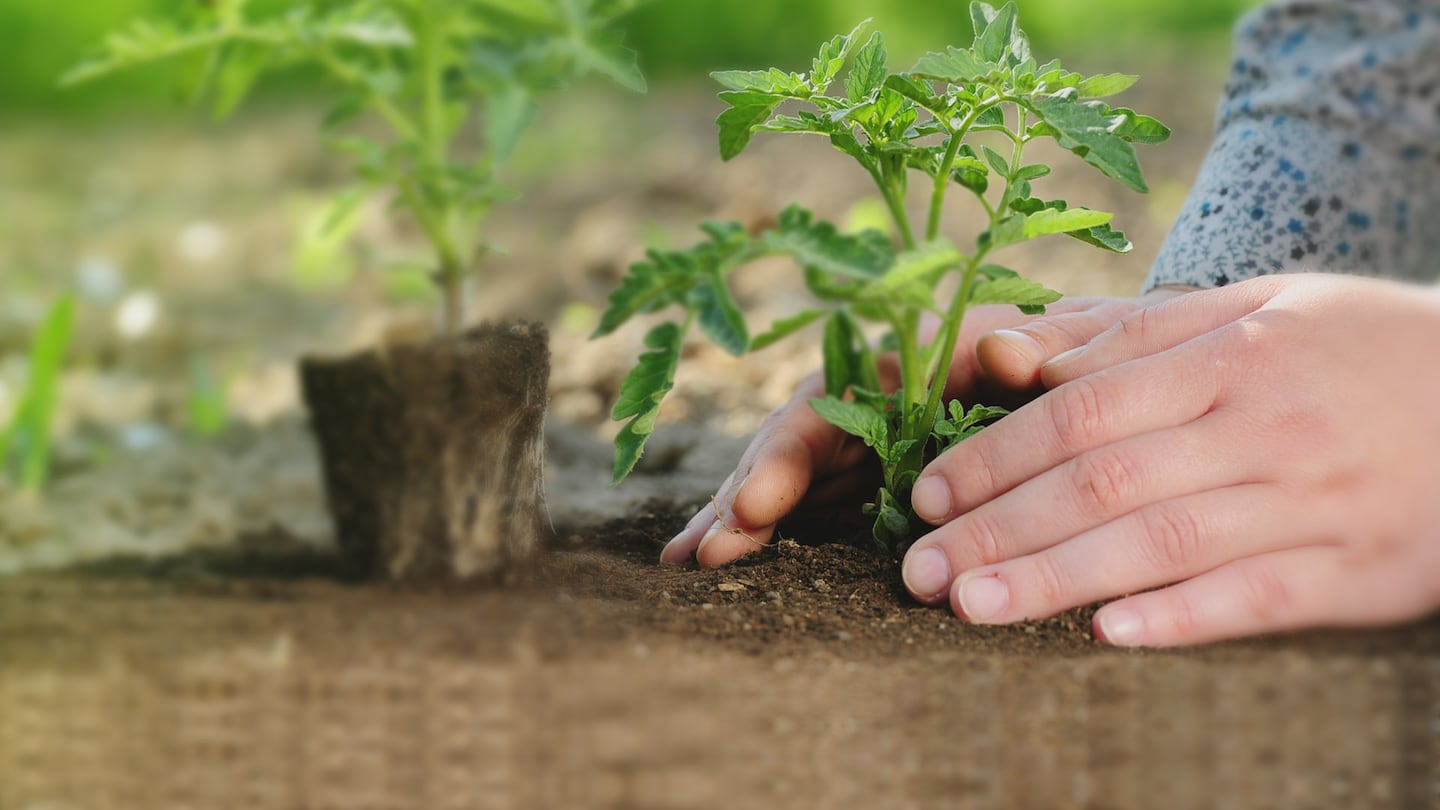Te Hono Māori, a partnership of New Zealand’s most influential agribusiness leaders were welcomed on to Turangawaewae Marae this week.
The collective is celebrating 10 years of coming together to position the nation as a global leader in the kai and fibre sectors.
Waikato Tainui chief executive Donna Flavell says her iwi is excited to host Te Hono Māori as they will be able to test thinking and discuss ideas to solutions to today’s real issues.
“Even though Three Waters has gone, it doesn’t mean our issues are going to go away. We’ve just got to get creative,” Flavell says.
“You’ve got to future-proof because the rules always change on us, particularly given government policy, so we are facing that right now,” she says.
“Ultimately, we have to find solutions because it’s not going to be a one-size-fits-all.”
Shift back to ‘mātauranga’ before it’s too late, water expert says
Te Hono Māori keynote speaker Tina Porou has expertise in geothermal development, cultural impact and water allocation and quality.
“If we do not shift and go back to our mātauranga and creative new ideas that serve taiao, then we are going to go the same way as those non-Māori businesses who are failing because they are exploiting rather than aligning themselves with our whenua and our wai,” Porou says.
“We’re all being challenged by a government that’s focusing on attacking te reo Māori and our taiao,” she says.
“To be fair the world is looking for the solutions that we have as indigenous native people, all of the things that have come from the west have failed us.”
Te Hono Māori was formed with the goal of advancing innovation and strengthening Aotearoa’s economy.
0 of 10
Te hono tangata, te hono whenua, te hono ki te ao
Ko Jamie Tuuta, heamana o Sealord, Kaitarahiti Māori o mua hoki, kua roa e mau hononga atu ana ki te rāngai ahumahi nei.
“Ko te whakataukītanga kōrero mō tēnei rōpū, ko te hono tangata, te hono whenua, te hono ki te ao,” te kōrero a Tuuta nō Taranaki.
“Kua hono nei a Ngāi Māori ki ngā kaipakihi nui o Aotearoa, ngā kamupene nui o Aotearoa ki a tātou anō te ao Māori,” hei tāna.
“Ko te oranga o te whenua me ngā mahi a ngā rōpū me ngā pakihi Māori ki te tiaki i te whenua, ki te whakamahi i te whenua, hei painga mō te iwi.”
Ko Ngahiwi Tomoana, heamana o mua o Ngāti Kahungunu, tētahi o te kāhui pakihi Māori kua haere ki tāwāhi ki te kimi ara i ngā mākete tauhokohoko.
“Kua wareware [i a] mātou ki te mahi ōhanga me te mahi tikanga, engari mehemea ka tīmata huri rauna te kōrero, [mō] te mahi tikanga ki te mahi ōhanga, ka puta mai te oranga,” te kōrero a Tomoana.
“Nā Pita Sharples i taua wā i whakatō te kakano, mā mātou e kawe ngā kaihoe, ināianei he rōpū hou, he reanga hou e haramai ki konei, e tuituia te kaupapa Te Hono,” hei tāna.
Ko Ranginui Rikirangi-Thomas o Ngāti Pikiao tētahi o te reanga hou e whakamahi ana i ngā mātauranga tuku iho i ngā tūpuna ki te hauhake kai, ki te mahi māra kai anō hoki.
“Ki ahau nei, he whakaaro ake ki te anamata o ā tātou mahi,” hei tāna.
“E mōhio ai tātou ki ngā whanaketanga o te kaitiakitanga, ā tātou rautaki e ora anō ai ā tātou kaupapa engari kia kore ai e hāneanea ai te noho i roto i ā tātou na mahi,” hei tāna.












